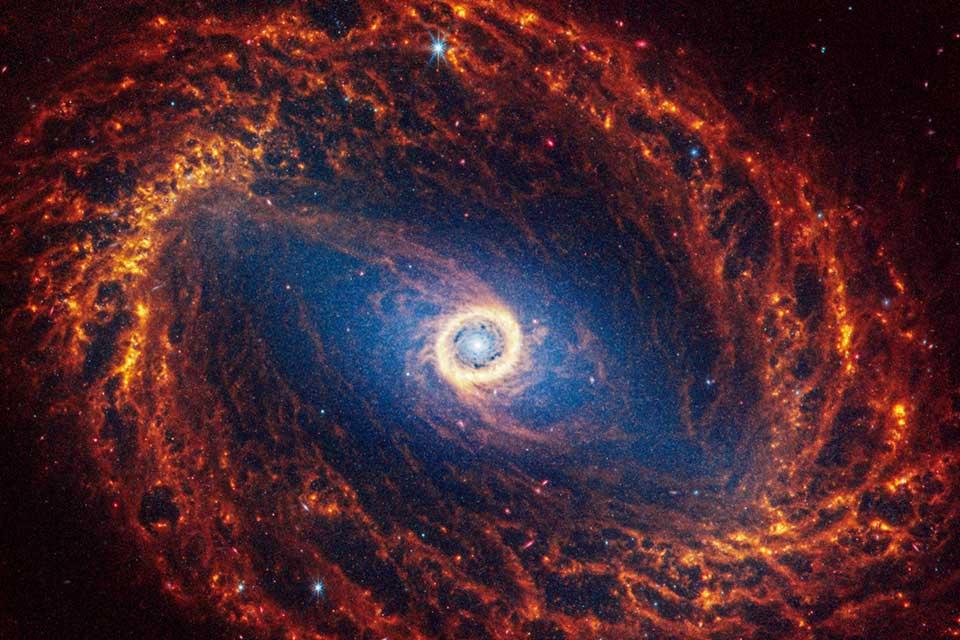17. Evolution of High-mass Stars#
17.1. Binding Energy of Atomic Nuclei#
The net energy release by a nuclear reaction is the difference between the binding energy (\({\rm BE}\)) of the products and the binding energy of the reactants, or
In the triple-alpha process, the binding energy of the initial helium nuclei is \( 6.824 \times 10^{14}\ {\rm J/kg}\) and the binding energy of the produced \(^{12}{\rm C}\) nuclei is \(7.402 \times 10^{14}\ {\rm J/kg}\). The amount of energy available from fusing \(1\ {\rm kg}\) of \({\rm He}\rightarrow {\rm C}\) is given by,
Since the net energy is positive, fusing \({\rm He}\rightarrow {\rm C}\) releases energy and indicates helium is a good nuclear fuel.
What about fusing iron into more massive elements? The products of iron fusion will have less binding energy than the initial reactants (i.e., energy is absorbed instead of released), or have a negative net energy. Going from iron to more massive elements means moving down the binding-energy curve.
17.2. Gravity on a Neutron Star#
Neutron stars are more massive that the Sun, but have a radius of a small city (\({\sim}10-15\ {\rm km}\)). Hence, they are incredibly dense objects.
Let’s look at the surface gravity for a typical neutron star \((M_{\rm NS} = 2\ M_\odot,\ R = 15\ {\rm km})\). The surface gravity \(g\) is given by
Comparing that number to the surface gravity on Earth (\({\sim}10\ {\rm m/s^2}\)) shows that the surface gravity on a neutron star is \({\sim}10^{11}\) (or 100 billion) times larger.
What is the escape velocity from a neutron star? From 4.2.2 (and other sections), we’ve shown that the escape velocity can be written as
We can write it in another form so that we can re-use our result for the surface gravity \(g\). Substituting the requisite values, we get
The escape velocity from that neutron star is \(>60\%\) of the speed of light and almost \(17,000\times\) greater than from Earth.
import numpy as np
from scipy.constants import G,c
M_sun = 1.989e30 #mass of Sun in kg
R_NS = 15e3 #radius of neutron star (km -> m)
g = G*(2*M_sun)/R_NS**2
print("The surface gravity g of a neutron star is %1.1e m/s^2." % g)
v_esc = np.sqrt(2*g*R_NS)
print("The escape velocity from a neturon star is: %1.1e m/s or %1.2fc." % (v_esc,v_esc/c))
The surface gravity g of a neutron star is 1.2e+12 m/s^2.
The escape velocity from a neturon star is: 1.9e+08 m/s or 0.63c.


